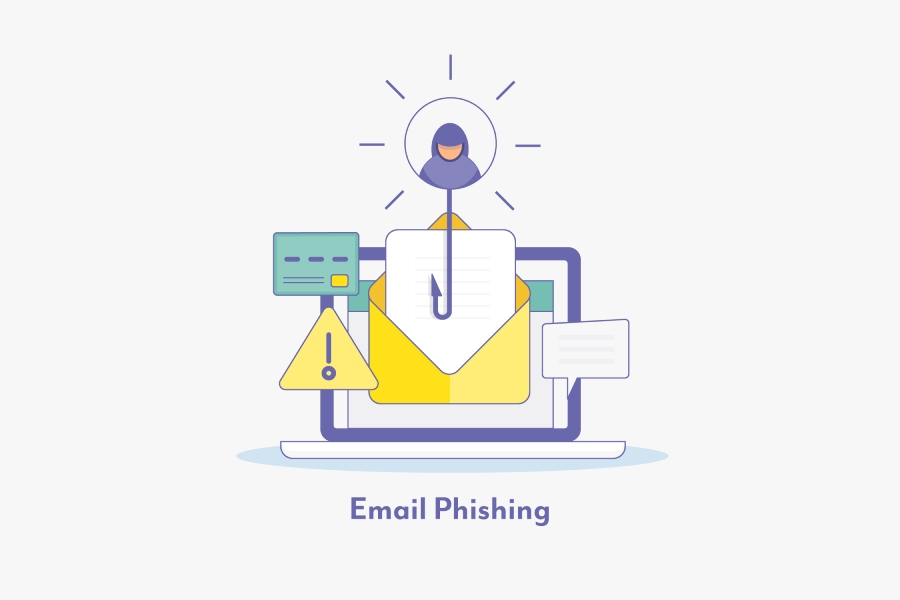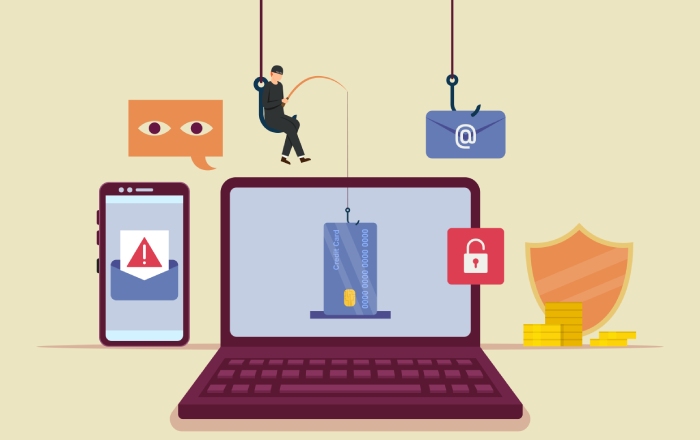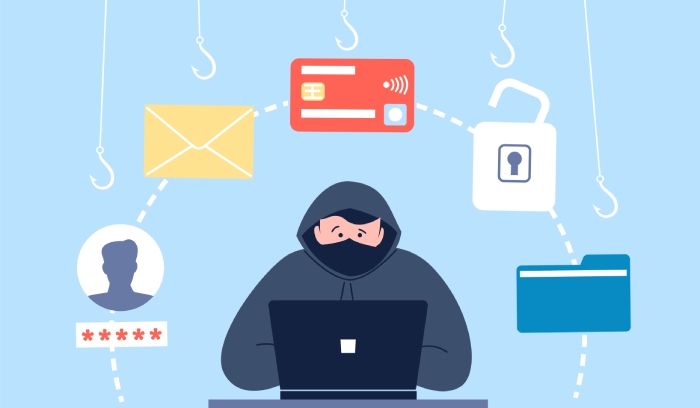Today, merely knowing how to stop phishing emails cannot guarantee cybersecurity. Besides the traditional threats such as phishing and malware, new forms such as supply chain attacks also continue to target large, medium, and small businesses daily. A 2020 report by ID Agent states that supply chain attacks have increased by 78%. It further says that around 58% of all breach victims are small/new businesses. Such attacks are the most dangerous ones because the vulnerability isn’t necessarily with the business’s systems, and yet it suffers. While large corporations can afford to use various solutions and hire cybersecurity experts, small or new businesses often fail to recover from a cyber attack. Hence, a new business owner must ensure that the third-party software and service providers do not expose their critical data to cyber threats.
What Are Supply Chain Attacks?
As the name suggests, supply chain attacks are when attacks on one’s supply chain (involving third-party providers and partners) enable adversaries to infiltrate its system. These attacks are also known as value-chain or third-party attacks. The cyber adversaries keep a close eye on third parties that provide software or services to organizations and attack them if they find any security vulnerability. Attacking such third parties then becomes the gateway to all organizations availing their services. Supply chain attacks are a growing threat factor in the cyber world because more and more service providers and suppliers now have access to sensitive data of their client organizations.
When malicious actors have the email addresses and other details of the employees and business deals, they can quickly launch targeted phishing attacks. In such cases, when there is a leakage of sensitive official files by a third party, even the best protection system may not be of help. Hence, understanding and protecting the business from supply chain attacks is of utmost importance.
What Are The Types Of Supply Chain Attacks?
The most common types of supply chain attacks that create a risk for businesses include the following scenarios:
- An organization using third-party software can be conned into downloading malicious software updates.
- The adversaries may create fake apps or websites resembling that of the original service provider. Providing details on such websites or downloading such malicious apps and using the services can install Trojan and steal data.
- Malware could be preinstalled on external drives, cameras, or phones procured from third parties.
- There may be ransomware or other attacks on the third-party vendor that leak business partners’ information (For instance, the recent SolarWinds Attack).
Who Are Vulnerable?
All organizations (large, medium, minor, or new businesses) availing software or third-party services are vulnerable to supply chain attacks. The adversaries look for weak server infrastructures, network protocols, or coding practices in these supply chains. Since businesses use many external applications, such as VPN connection, and email management, they are at constant risk of cyberattacks caused by inadequate security practices at the supply vendors’ end.
How To Protect A New Business From Supply Chain Attacks?
Large or established businesses usually have anti-malware and anti-ransomware solutions, but new organizations may lack the financial or human resources to ensure adequate protection. At times, they may not even be able to identify their security loopholes and unintentionally invite adversaries to attack them. Therefore, a new business owner must be wary of possible cyber threats and adopt the following measures to ensure protection from supply chain attacks:
Conduct Third-Party Risk Assessments
The most critical step in protecting against supply chain attacks is assessing a service provider’s privacy policy and cybersecurity measures. Third-party risk assessments reveal the supplier’s security position and suggest whether availing its services shall be safe for the business.
Look For Vulnerabilities Within The Third Party Network
Some tools can expose hidden pitfalls in the network of a supplier or vendor. A new business must employ such solutions effectively to protect an organization from third-party attacks as the vendor network could be dynamic and fluctuate in terms of security from time to time.
Monitor Assets For Vulnerabilities
A new business owner should equally distribute the focus between expanding the business and maintaining the involved assets, applications, and systems securely. Insider threats are one of the primary triggers that supply the required resources for a supply chain attack. Since all employees may not have the desired integrity towards the establishment, it is recommended to monitor all assets, systems, and applications for vulnerabilities or outdated software.
Implement Zero Trust Policy
The concept of Zero Trust Architecture involves considering every activity in the network as malicious. Each instance will be subjected to rigorous scrutiny before acknowledging, similar to an anti-phishing tool checking every email before accepting it. It can quickly detect any unusual third-party requests and take necessary action to avoid major disasters.
Protect Privileged Access Areas
It is always wise to revise which employees can access the most critical systems and sensitive files within an organization. The lesser the number of privileged users, the safer an organization is. And the business must guard the dedicated access areas with high-level protection as the infiltrators will first look for such places in the system once they gain primary entry.
What To Do If A Supply Chain Attack Targets A New Business?
Despite taking all precautions, a business might still be affected by a supply chain attack. The following are a few things to do if a supply chain attack targets a new business:
- Consider asking all employees to change their passwords.
- Switch off the power of the systems to prevent the attack from spreading.
- Contact the third-party vendor and ask for the attack details.
- Inform law enforcement and notify all customers.
- Maintain backups and use them to ensure that work isn’t interrupted.
Final Words
Cyber attacks can come in many forms and cannot be entirely avoided. The solutions are not limited to anti-phishing solutions used to stop phishing emails but must grow enough to protect from new forms of compromise like supply chain attacks. Ensuring the sustenance of a new business in the attack-laden cyberworld is essential. It is impractical to expect that an establishment can run on internally created applications alone. At some point, one may have to rely on third-party vendors. Adopting phishing protection service, regularly updating systems and software, training employees, and being wary of a supply chain or other forms of cyberattacks are indispensable.



